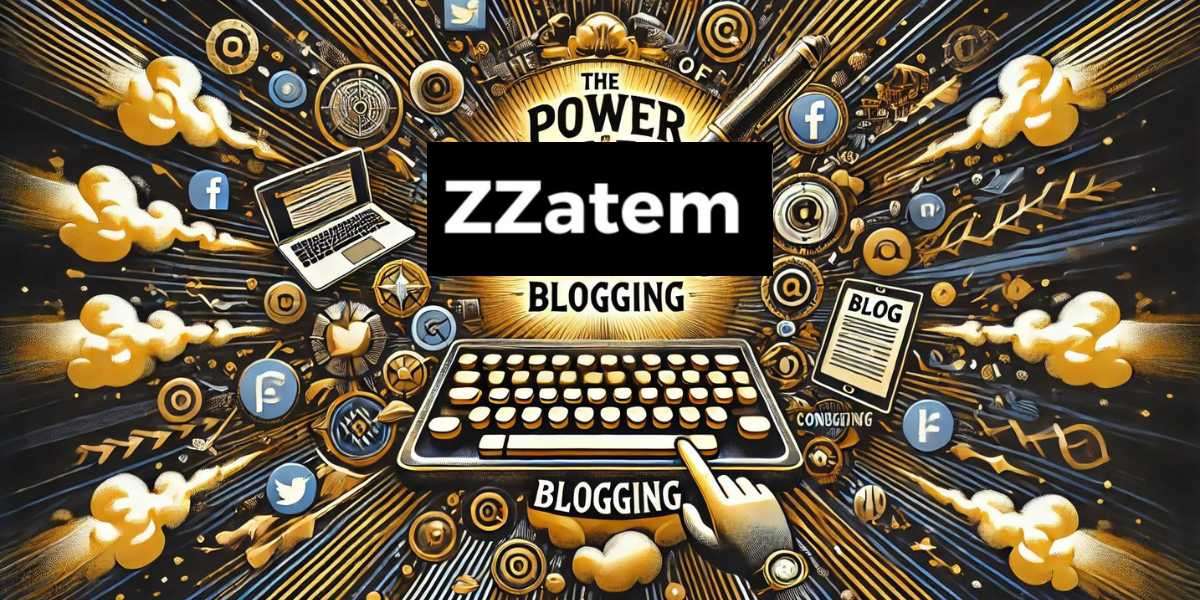Nerve pain, also known as neuropathic pain, is a chronic and often debilitating condition that can significantly impact an individual’s quality of life. Unlike pain caused by physical injury or inflammation, nerve pain occurs when there is damage to the nervous system, leading to abnormal pain signals being sent to the brain. This condition can be caused by a variety of issues such as diabetes, shingles, spinal cord injuries, or multiple sclerosis. Proper treatment is essential to alleviate discomfort and improve daily functioning. If you are looking for expert advice or treatment for conditions that might affect overall well-being, including dental issues, you can consult Terry Orthodontist for personalized care. In this article, we will explore seven common medications used to treat nerve pain, each designed to target different aspects of the pain cycle.
Antidepressants (Tricyclic Antidepressants)
While antidepressants are commonly prescribed for mental health conditions, certain types are also highly effective for treating nerve pain. Tricyclic antidepressants (TCAs), such as amitriptyline and nortriptyline, are often the first choice for managing neuropathic pain. These medications work by increasing the levels of neurotransmitters like serotonin and norepinephrine, which play a crucial role in pain regulation. By boosting these chemicals, TCAs help block pain signals sent from the damaged nerves to the brain.
TCAs are commonly prescribed for conditions like diabetic neuropathy, post-herpetic neuralgia (pain after shingles), and fibromyalgia. However, they may cause side effects such as dry mouth, dizziness, and drowsiness, which can limit their use for some individuals.
Antidepressants (SNRIs)
Another class of antidepressants known as serotonin-norepinephrine reuptake inhibitors (SNRIs) has been found to be effective for nerve pain. Medications like duloxetine (Cymbalta) and venlafaxine (Effexor) work by increasing serotonin and norepinephrine levels in the brain, which not only helps improve mood but also alleviates pain. SNRIs are often prescribed for patients with diabetic neuropathy, chronic musculoskeletal pain, and fibromyalgia.
These medications are typically better tolerated than TCAs, with fewer sedative side effects. However, they can still cause issues like nausea, insomnia, and sexual dysfunction in some cases. Overall, SNRIs offer a promising option for nerve pain management.
Anticonvulsants
Anticonvulsant medications, including gabapentin (Neurontin) and pregabalin (Lyrica), are frequently prescribed for nerve pain, especially in cases where the pain is related to conditions such as shingles, diabetic neuropathy, or trigeminal neuralgia. These medications were originally developed to treat epilepsy but have since proven effective for nerve pain by stabilizing electrical activity in the brain and nervous system.
Gabapentin and pregabalin help prevent nerve overactivity, which is often responsible for abnormal pain signals. These medications can be effective in reducing pain and improving sleep, although they may cause dizziness, fatigue, and swelling as potential side effects.
Opioids
Opioid medications such as tramadol and morphine are sometimes prescribed for severe nerve pain, particularly in cases where other medications have not been effective. Opioids work by binding to receptors in the brain and spinal cord to block pain signals. While these medications can provide significant pain relief, they come with a range of risks, including addiction, tolerance, and overdose, which make them a less desirable long-term option.
For individuals seeking more affordable alternatives, buying generic tramadol online at the lowest price can provide an option for pain management. However, due to the potential for misuse, opioids should always be used with caution and under strict medical supervision.
Topical Treatments
For localized nerve pain, topical treatments can be an effective way to manage symptoms. These treatments are applied directly to the skin over the painful area and are absorbed to target the affected nerves. Two common types of topical treatments are lidocaine and capsaicin.
Lidocaine patches: Lidocaine is a local anesthetic that numbs the skin and blocks pain signals. Lidocaine patches are commonly used for conditions like post-herpetic neuralgia and peripheral neuropathy. They are applied to the skin and can provide targeted relief without the side effects of oral medications.
Capsaicin creams: Derived from chili peppers, capsaicin creams work by depleting substance P, a neurotransmitter involved in pain transmission. These creams can be used to treat conditions like diabetic neuropathy and osteoarthritis-related nerve pain, though they may cause a temporary burning sensation upon application.
Corticosteroids
Corticosteroids like prednisone and dexamethasone are powerful anti-inflammatory medications often used to treat nerve pain caused by conditions such as multiple sclerosis, spinal cord injuries, and autoimmune disorders. These drugs work by reducing inflammation around the affected nerves, helping to decrease swelling and relieve pain.
While corticosteroids can be highly effective in the short term, they come with significant side effects if used long-term, such as weight gain, osteoporosis, and an increased risk of infection. As such, corticosteroids are typically used for acute flare-ups or as a short-term treatment to manage nerve pain.
Muscle Relaxants
For nerve pain that is accompanied by muscle spasms, muscle relaxants such as baclofen and cyclobenzaprine may be prescribed. These medications help relieve muscle tightness and spasms, which can be a contributing factor to nerve pain, particularly in conditions like spinal cord injuries or multiple sclerosis.
Muscle relaxants work by calming the central nervous system, leading to relaxation of the muscles and reduction of pain. However, they can cause drowsiness and dizziness, so they are generally prescribed for short-term use. Additionally, muscle relaxants may be used in combination with other pain medications for a more comprehensive pain management plan.
Conclusion
Managing nerve pain requires a careful and multifaceted approach. There is no one-size-fits-all treatment, and medications play a central role in providing relief for those suffering from chronic neuropathic pain. The medications listed above—ranging from antidepressants and anticonvulsants to opioids and topical treatments—are just a few of the common options available. It's important to work closely with a healthcare provider to determine the best treatment plan, as each medication comes with its own benefits and potential side effects.
For those looking for more affordable options, buying generic tramadol online at the lowest price can be an effective and accessible way to manage pain. However, it is always crucial to consult with a healthcare professional before starting any treatment to ensure safety and efficacy. With the right medication and care, individuals can better manage nerve pain and significantly improve their quality of life.








